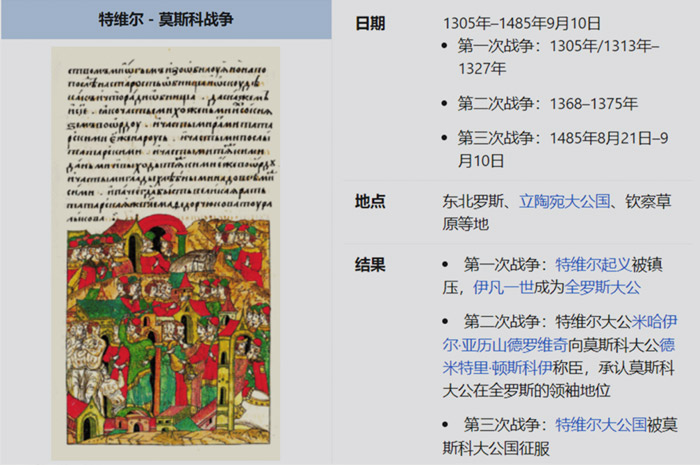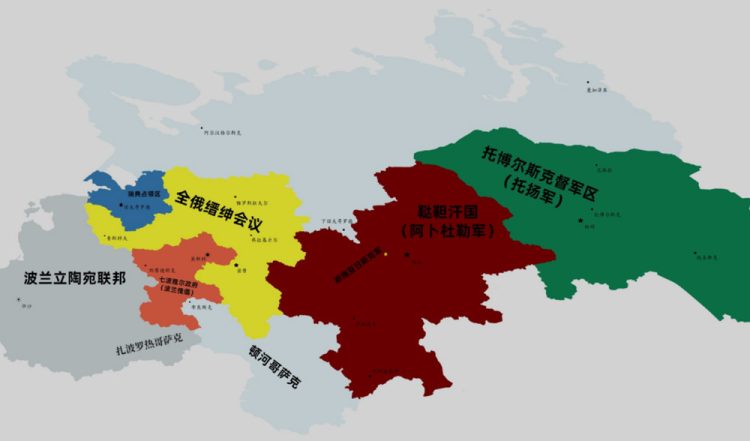A Chinese woman reportedly spent the last decade of her life writing hundreds of bogus Wikipedia entries on Russian history and contributing to hundreds of others.
Wikipedia is nothing less of an online treasure! Whether you’re looking up general information out of pure curiosity, or you’re writing an important paper, Wikipedia almost always delivers the best results. But it’s not a perfect system, and this recent story from China is a perfect example of that. According to online reports from several established news sources in China, a mysterious woman is allegedly responsible for one of the biggest hoaxes in Wikipedia’s history – over 200 made-up articles on Russian medieval history, complete with fake locations, events and characters created over a period of 10 years.
This bizarre story began a while back, when Yifan, a Chinese fantasy novelist, started browsing Chinese Wikipedia as a source of inspiration for his new book. Focusing on Russian medieval history, the writer stumbled over the great Kashin silver mine, originally owned by the Tver, an independent state from the 13th to 15th centuries, and then by the Grand Duchy of Moscow, until it closed down in the 18th century, due to its resources becoming exhausted.

Photo: Christine Hume
The history of the great silver mine of Kashin, once by some 30,000 slaves and 10,000 freedmen, and the epic war and economic stories surrounding it fascinated Yifan so he kept digging for more information about it. But there was only so much he could find on Chinese Wikipedia, so he turned to the Russian version, but he was surprised to see that the Russian Wikipedia either had much shorter variants of the Chinese articles or none at all. That seemed weird, considering that this was Russian history…
At one point, he became so intrigued by the mine of Kashin and its history that he started talking about it to his friends, none of whom had even heard about it. Some knew of a town in Tver Oblast, Russia by that name, but it had no mine, not even a long-closed one. Something didn’t add up, and after doing some thorough research, Yifan was shocked to learn that there was never any Kashin silver mine and that the articles on Chinese Wikipedia were all fictitious entries written by the same person.
“Chinese Wikipedia entries that are more detailed than English Wikipedia and even Russian Wikipedia are all over the place,” Yifan wrote on Zhihu, a Quora-like Q&A platform. “Characters that don’t exist in the English-Russian Wiki appear in the Chinese Wiki, and these characters are mixed together with real historical figures so that there’s no telling the real from the fake. Even a lengthy Moscow-Tver war revolves around the non-existent Kashin silver mine.”

Photo: Chinese Wikipedia
The writer revelation soon went viral, prompting Wikipedia to launch an investigation into the matter. It revealed that over more than 10 years, a single person operating several author accounts wrote several million words of fake Russian history, creating over 200 articles and contributing to hundreds more. They featured intricate stories, made-up wars and characters, all woven into boring enough entries to pass as historic accounts.
The author of all these fake entries came to be known in China as ‘Zhemao’, after one of her aliases on Wikipedia. On the platform, she claimed to be the daughter of a diplomat stationed in Russia and to have a degree in Russian history, but after her decade-long hoax was revealed, she confessed to being a housewife with a high school degree and a rich imagination.
“The trouble I’ve caused is hard to make up for, so maybe a permanent ban is the only option,” Zhemao wrote. “My current knowledge is not enough to make a living, so in the future I will learn a craft, work honestly, and not do nebulous things like this anymore.”

Map of Russia by Zhemao (Source: Chinese Wikipedia)
According to Chinese news sources, Zhemao began her activity on Wikipedia in 2010, writing false stories about Heshen, a real and famously corrupt Qing Dynasty official, before moving on to Russia in 2012. She started by editing existing articles on Czar Alexander I of Russia, and then started writing full-fledged made-up articles, literally creating her own version of Russian history.
At the time of this writing, most of Zhemao’s fictitious articles on Russian history have been deleted from Chinese Wikipedia, while a few have been improved upon to reflect reality. Zhemao’s edits on other existing entries have been withdrawn. She has written an apology letter on her English Wikipedia account, writing that her motivation was to learn about history…
Although a number of Wikipedia editors have said that having something like this go unnoticed for over a decade has “shaken the credibility of the current Chinese Wikipedia as a whole,” the general public was rather fascinated with this story and a single woman’s ability to weave hundreds of fake tales about a country’s history into existence without anyone noticing.

“It is really awesome to invent a self-contained historical logic with details like all kinds of clothing, money, and utensils,” one Weibo user said.












